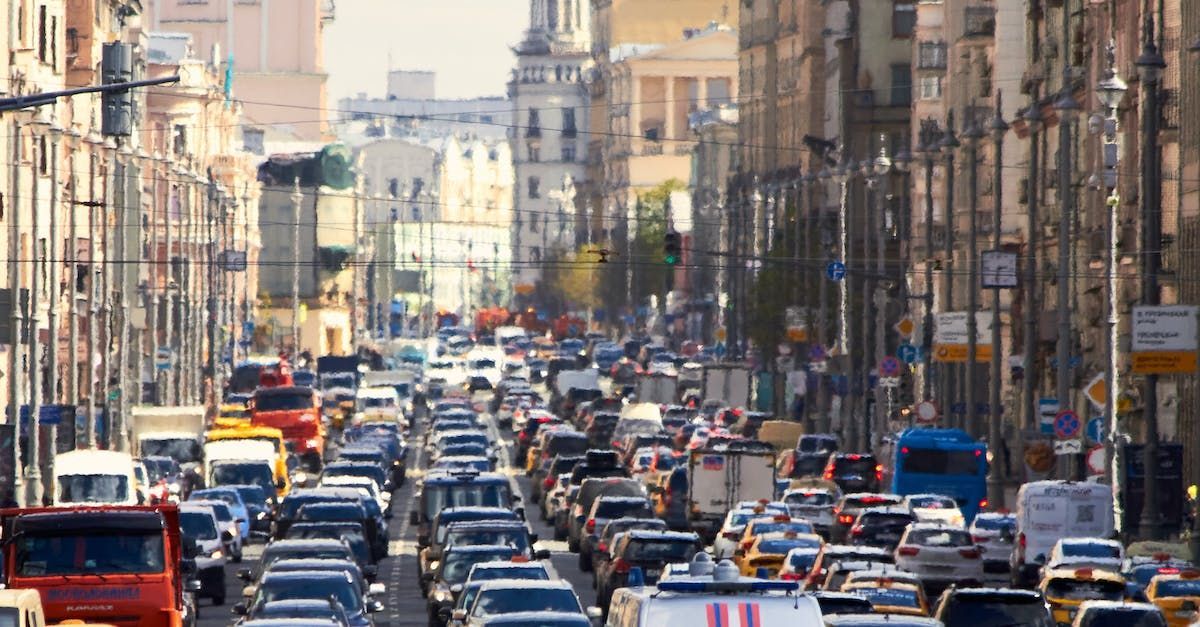Current Transportation Dilemma
Urgent need to repair the consequences of unsustainable transportation

Both long distance space travel and short distance ground transportation are embraced with a similar dilemma. Inefficient energy use. In space travel it’s seen with limited speed. With short distance ground transportation, the dilemma is more extensive. Since all urban growth is based on its primary source of transportation, the consequence of inefficient energy use creates problems from unsustainability.
In the search for transportation solutions, these blogpost questions and answers have changed over the past year. Questions are asked, ideas are formed, answers proposed and considered, and some reformed to other questions. It’s apparently the process; in development of researching ideas.
Reaching fast speeds for space travel is the most important aspect of carrying humans into space (safety as a pre-concluded assumption). Rocket technology is bound by slow speeds; far too slow to carry passengers to any long-range distances. A new mode of transportation for ground level transportation has a more imperative urgency for a solution to sustainability.
What’s more relevant for immediate demand, replacing rockets for faster speed or replacing cars to be more convenient and efficient? The space flight industry has reached the understanding that rocket technology has a speed limit. Quadrupling rocket size for launch blasts does not quadruple speed. There are actually people who understand that an explosion is a molecular reaction at the subatomic level. These same people know that an explosion is an expansion of energy that extends in 360 degrees. An astute rocket scientist has the comprehension of knowing that a rocket’s trajectory ascends in one degree. The common math equation would conclude that 1 degree is a very small portion of 360 different degrees. This is not efficient energy use.
What of automobiles? The future of transportation floats. Flying cars don’t float. The current transportation dilemma is that it relies on propulsion. Propulsion is an energy source pushing against the resistance of mass. Levitation is a neutral action.
With the introduction to a new mode of transportation, can a new mode of transportation technology eliminate bad drivers? What’s the result of people’s car accidents? As new transportation technology is developed with increased efficiency, lighter vehicle weight and faster speeds will place a high demand on safety.
Ground level transportation
The most important aspect of current ground level transportation is the unsustainability of urban growth. Transportation’s need is greater for cars to be more efficient. Since transportation is the foundation to all urban growth, its inefficient source of transportation has become unsustainable infrastructure. In 1987, the UN established the "Brundtland Report", the UN’s World Commission for Environment and Development. It identifies urban sustainability in three segments: environmental, economic and social. All three segments have to be resolved for urban growth to be found sustainable. But, to reach sustainability, transportation has to be sustainable.
To discover what is unsustainable, one has to understand what it means to be sutainable. When referring to sustainable urban growth, it is a reference to how the land is utilized.
Land-use Types
There are four types of land-use:
Nature – this refers to nature.
Agriculture – this is land used for agriculture. Tractors are the primary source of transportation for work.
Transit-oriented design – is a real estate development design based on a fixed rail transit system as its primary source for transportation. This is a common type of land-use design for large city and downtown centers and uses vertical building development.
Automobile centric design – is generally the land-use design found in Western Society. This land-use design is centered on the automobile as its primary source for transportation. This type of land-use design is referred to as sprawl development. It’s predominantly single story building design, streets and large parking lots.
Of these four types of land-use, the automobile centric design is based upon a wholly unsustainable foundation: the automobile. There is nothing about the automobile that is sustainable.
Unsustainable Land-Use Growth
To more clearly define unsustainable land-use design, there are three fundamental components in explaining land-use sustainability: environmental, economic and social.
Environmental: the automobile requires road surfaces. These road beds are oil based. Ever watched a road being built? Lots of grading work, scraping dirt, filling and generally re-working the natural surface of Earth. Ok, not a big deal in small amounts but, tens to hundreds of millions of miles heavily effects the natural water flow of streams and runoff. Again, Earth is a big place, small impact. Secondly, millions of miles of road beds. Capturing of grease, emissions by-products, pollutants, carcinogens and oil spills funneled through oil canals called road beds flowing directly into the water basins. Yeah, that is environmentally unsustainable. Millions of electric and autonomous cars won’t resolve the damage caused by the oil-based road infrastructure.
Economic: economic impacts of sustainability. Ever hear the phrase: buy local spend local? This term is what creates regional economic sustainability. A dollar spent locally allows that dollar to stay in circulation, being used within a local area. When that money is spent out of the local area, the money is gone; which can no longer can be used.
Automobile centric land-use design is economically unsustainable. Here’s why. The first product of economic unsustainability is the purchase of an automobile. Today’s purchase price of an automobile is what on average? $50,000? That amount is instantly removed from circulation in a local economy, never to be recovered for circulation in that community unless that car was manufactured in that local community. Then there are the fuel consumption rates. Averages vary from region to region. A fairly typical region, as a county of one million, the county consumes 500,000 gallons of gasoline per day. At $3 per gallon, that is $1.5millon per day (less 2% for the wholesaler and retailer) permanently extracted from ever being used and circulated in that community. An even greater financial extraction from the community are insurance costs per vehicle, at an average cost of $120 per month per vehicle.
This is economic unsustainability spawned from the design of automobile centric urban land-use.
Social: what are social impacts? These aspects are rarely considered by studies, except by a very few stragglers engaged in non-traditional academia. It’s the cutting edge of far-reaching consideration.
There was a term coined in the early 2000s called: visual hostility. It was popularized then, not so popular now, due to the extent of its content. Visual hostility is found to describe blight. Scores of non-profit organizations declared war on urban blight. The support money behind non-profits came from big money interests that cashed-in on government subsidized, low cost, poor neighborhood gentrification near high value real estate areas. A lot of blight was erased within a few years. And, to elected politicians, like homelessness; urban blight no longer exists.
The solution
The biggest concern regarding the current transportation dilemma is to develop a solution, implementing the use of efficient energy use in transportation. The solution is found with finding a brand-new mode of transportation. The greatest need is discovering a superior alternative to the automobile.



